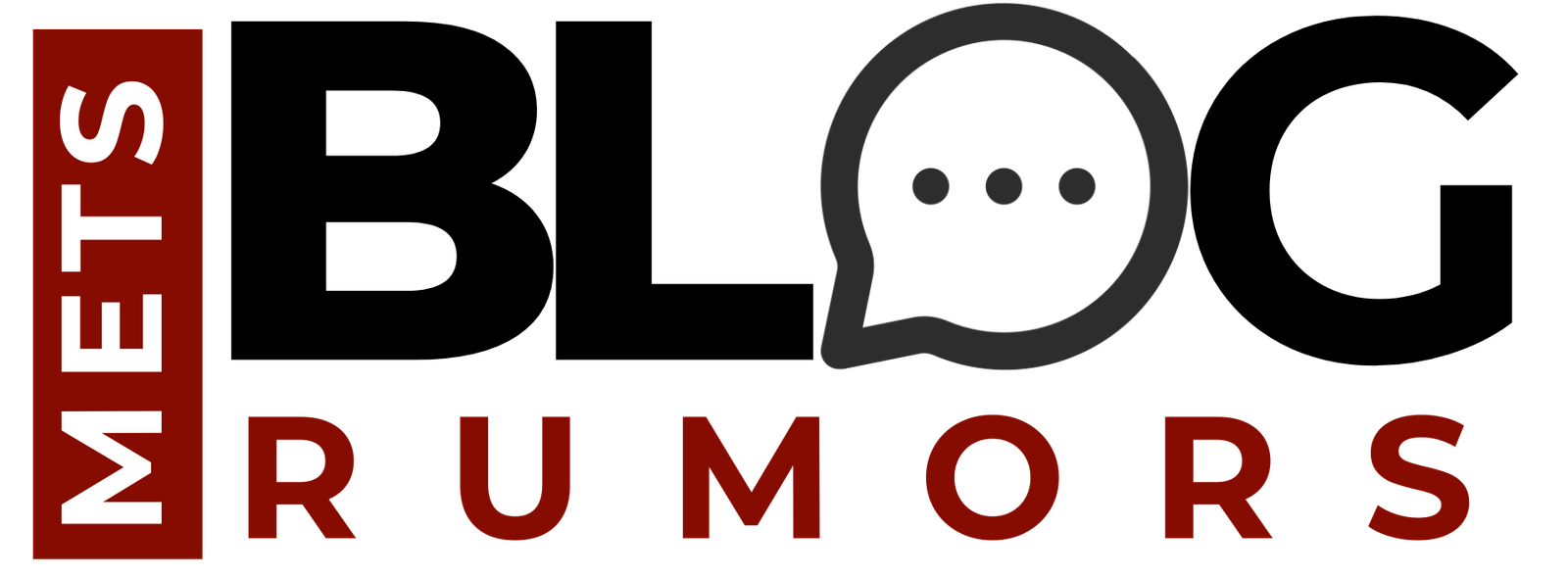Hearing aid domes are small, soft silicone or rubber tips that attach to the end of a hearing aid receiver. They serve as the interface between the hearing aid and the user’s ear canal, helping deliver amplified sound directly to the eardrum. Domes come in various shapes and sizes, depending on the type of hearing aid and the user’s specific needs. Some are open, allowing for more natural sound and airflow, while others are closed to provide more amplification for those with severe hearing loss.
The function of hearing aid domes is critical to the overall performance of the device. They not only aid in sound transmission but also help create a secure and comfortable fit in the ear canal. However, due to their position inside the ear, they can sometimes become uncomfortable, cause irritation, or be prone to moisture buildup. This often leads people to wonder whether topical treatments like Neosporin could help alleviate such issues.
Why Use Neosporin in Hearing Aid Domes?
Neosporin, an over-the-counter antibiotic ointment, is commonly used to prevent infections in minor cuts, scrapes, or burns. Because of its soothing properties and ability to fight off bacteria, some hearing aid users may think applying Neosporin to hearing aid domes can help with ear discomfort or irritation caused by the domes.
There are several reasons why someone might consider using Neosporin in their hearing aid domes. First, if the domes are causing irritation or soreness, especially when inserted for long periods, the moisturizing and soothing effects of Neosporin may seem appealing. Second, Neosporin contains antibiotic agents that some users believe may reduce the risk of infection, particularly if the ear canal has any minor abrasions or irritation due to the hearing aids. Lastly, individuals prone to ear infections might think using Neosporin in hearing aid domes could offer extra protection against bacteria that may accumulate on the domes or in the ear canal.
However, while it might seem like a quick fix for comfort or infection prevention, there are significant safety concerns regarding the use of Neosporin in hearing aids.
Is It Safe to Use Neosporin in Hearing Aids?
The short answer is no—it is generally not considered safe to use Neosporin in hearing aid domes. Hearing aids, including the domes, are highly sensitive electronic devices, and applying any kind of ointment, including Neosporin, could potentially cause harm to both the hearing aid and the user’s ear. Here’s why:
First, Neosporin is an ointment, which means it contains oils and other ingredients that could damage the sensitive electronics inside the hearing aid. If any of the ointment leaks into the receiver or other parts of the hearing aid, it can create a sticky residue that might impair the device’s functionality or lead to costly repairs. Hearing aids are designed to be kept as clean and dry as possible, and introducing any kind of moisture or oily substance into the system can compromise the performance and longevity of the device.
Second, while Neosporin is intended for external use, the ear canal is a delicate area. Applying Neosporin inside the ear, especially through the hearing aid domes, could lead to a buildup of excess moisture or cause an allergic reaction, resulting in further discomfort. Additionally, the use of Neosporin inside the ear could block airflow and trap bacteria, which may exacerbate the problem rather than solve it.
Lastly, there is no substantial medical evidence suggesting that Neosporin is effective or safe for treating irritation or preventing infection related to hearing aid domes. Hearing care professionals generally advise against using ointments or creams in the ear unless specifically prescribed by a healthcare provider.
How to Apply Neosporin to Hearing Aid Domes
Although it’s generally not recommended to use Neosporin in hearing aids, some people may still choose to do so despite the risks. If that’s the case, it’s important to follow a careful process to minimize the likelihood of damaging the device or causing irritation.
Before applying Neosporin, the hearing aid and dome should be thoroughly cleaned. Make sure no dirt or debris is on the dome, as introducing additional contaminants into the ear can lead to further issues. If Neosporin must be applied, use only a very small amount and avoid applying it directly to the hearing aid dome. Instead, dab a tiny amount of the ointment onto a cotton swab or your finger and gently apply it to the outer part of the ear canal, not directly inside it.
Avoid getting any of the ointment on the dome itself. This will reduce the risk of moisture buildup and minimize the chance of the Neosporin clogging any parts of the hearing aid. After application, ensure that the ear canal is dry before inserting the hearing aid back into the ear. This will prevent excess moisture from interfering with the device’s operation.
If there is any sign of allergic reaction, increased irritation, or malfunction of the hearing aid, immediately stop using Neosporin and consult a hearing care professional.
Alternatives to Neosporin for Hearing Aid Care
Since using Neosporin is generally not advised, there are better alternatives for keeping your hearing aids and domes in good condition and preventing ear irritation.
One of the most common recommendations is to use a hearing aid-safe lubricant or moisturizer. These products are specifically designed to be safe for use with hearing aids and are formulated to prevent dryness and discomfort without damaging the device. Such lubricants often come in the form of creams or drops and can help ease discomfort when inserting hearing aids into the ear canal. Be sure to choose a product that is water-based, as oil-based products may harm the hearing aid components.
Another option is to ensure that your hearing aid domes are the right size and shape for your ear canal. Ill-fitting domes can cause friction, soreness, and irritation. If you experience consistent discomfort, it might be a sign that you need a different size or type of dome. Consulting a hearing care provider can help you find the most comfortable fit.
In addition, regular cleaning and maintenance of your hearing aids and domes can prevent irritation caused by dirt, earwax, or bacteria buildup. Specialized hearing aid cleaning tools and disinfectant wipes are available to help keep the devices free of contaminants without introducing harmful substances into the ear.
Keeping Hearing Aids Clean and Dry
Proper care and maintenance are essential for the longevity of your hearing aids and for preventing ear irritation. Hearing aids should always be kept clean and dry, as moisture and debris can interfere with their function.
One of the best ways to maintain hearing aid hygiene is by using a hearing aid dryer or dehumidifier. These devices remove moisture from the hearing aids, ensuring that they stay dry and function properly. This is especially important for individuals who sweat frequently or live in humid environments. Using a dehumidifier every night can significantly extend the life of the hearing aids and reduce the risk of irritation caused by moisture buildup.
Regular cleaning with a soft cloth and specialized hearing aid cleaning tools can help remove any debris or earwax that may accumulate on the domes or other parts of the device. Avoid using water or cleaning solutions that are not specifically designed for hearing aids, as these can cause damage.
Troubleshooting Hearing Aid Dome Discomfort
If you experience discomfort with your hearing aid domes, it’s important to address the issue as soon as possible to prevent further irritation or damage to the ear canal. There are several potential causes of discomfort, including incorrect dome size, improper insertion, or earwax buildup.
If the domes feel too tight or too loose, they may not be the right size for your ears. Try experimenting with different sizes or shapes of domes to find the one that offers the most comfort. Your hearing care professional can help you select the right fit.
If the domes are not inserted correctly, they may cause pressure points or soreness. Be sure to follow the manufacturer’s instructions for proper insertion and removal of the domes. If you’re unsure about how to insert them correctly, your hearing care provider can offer guidance.
Finally, earwax buildup can cause discomfort and may also interfere with hearing aid performance. Regular ear cleaning, either at home or by a professional, can help reduce the risk of irritation caused by earwax.
When to See a Hearing Care Professional
If you’re experiencing persistent discomfort, irritation, or any other issues with your hearing aid domes, it’s important to consult a hearing care professional. They can assess your ear health and recommend solutions to alleviate discomfort, such as adjusting the fit of your domes or suggesting alternative products.
In some cases, ear infections or other medical conditions may cause discomfort, and a healthcare provider can offer treatment to resolve these issues. Never treat ear irritation or infection with over-the-counter products without consulting a professional, as this may cause further complications.
Conclusion
Using Neosporin in hearing aid domes is not recommended due to the potential risks it poses to both the hearing aid and the user’s ear. There are safer and more effective alternatives available for preventing discomfort and maintaining ear health. Proper care, regular cleaning, and consulting with a hearing care professional can ensure that your hearing aids continue to function well and provide maximum comfort.





